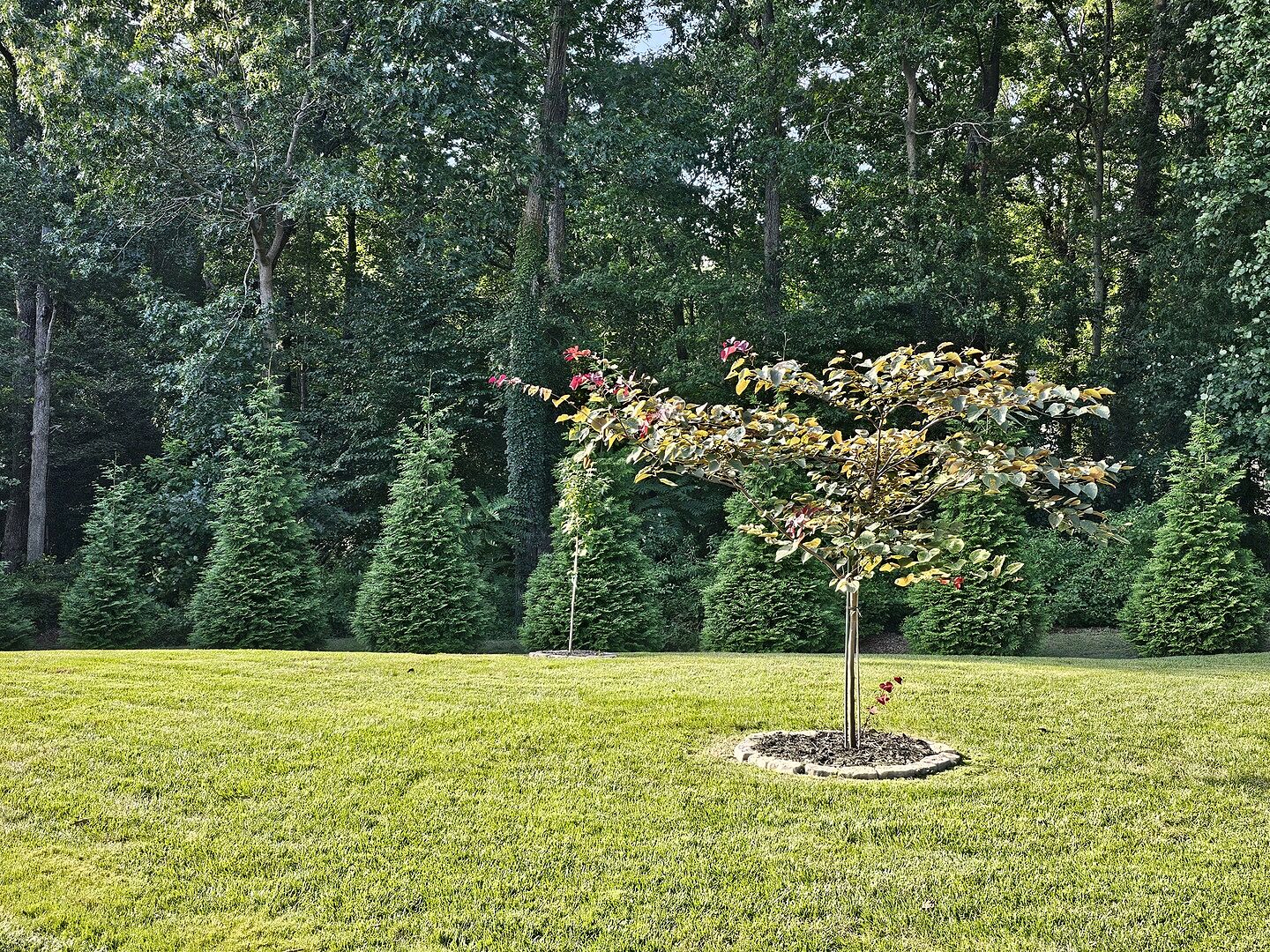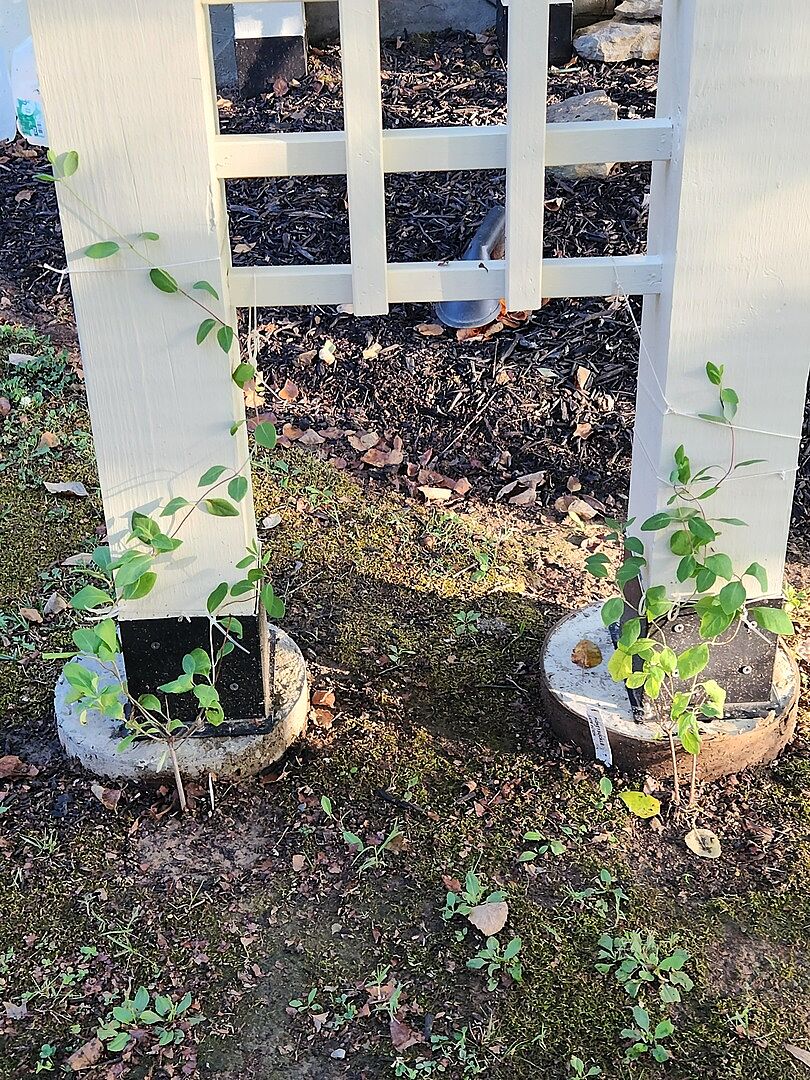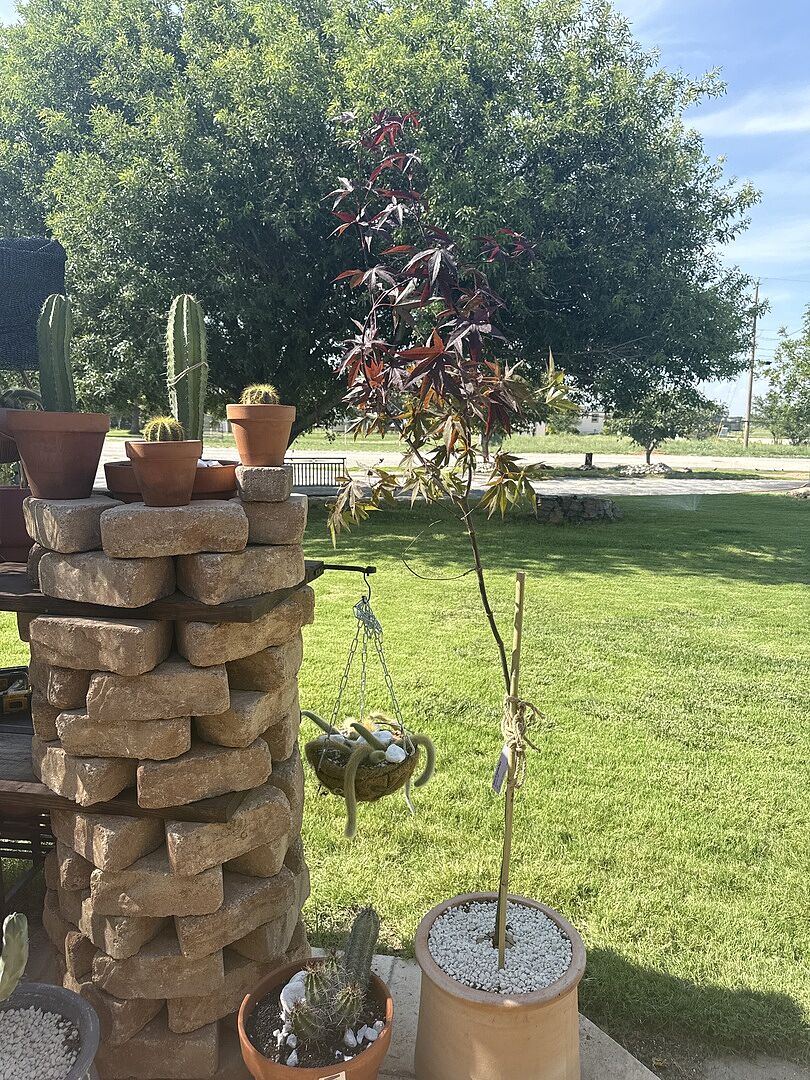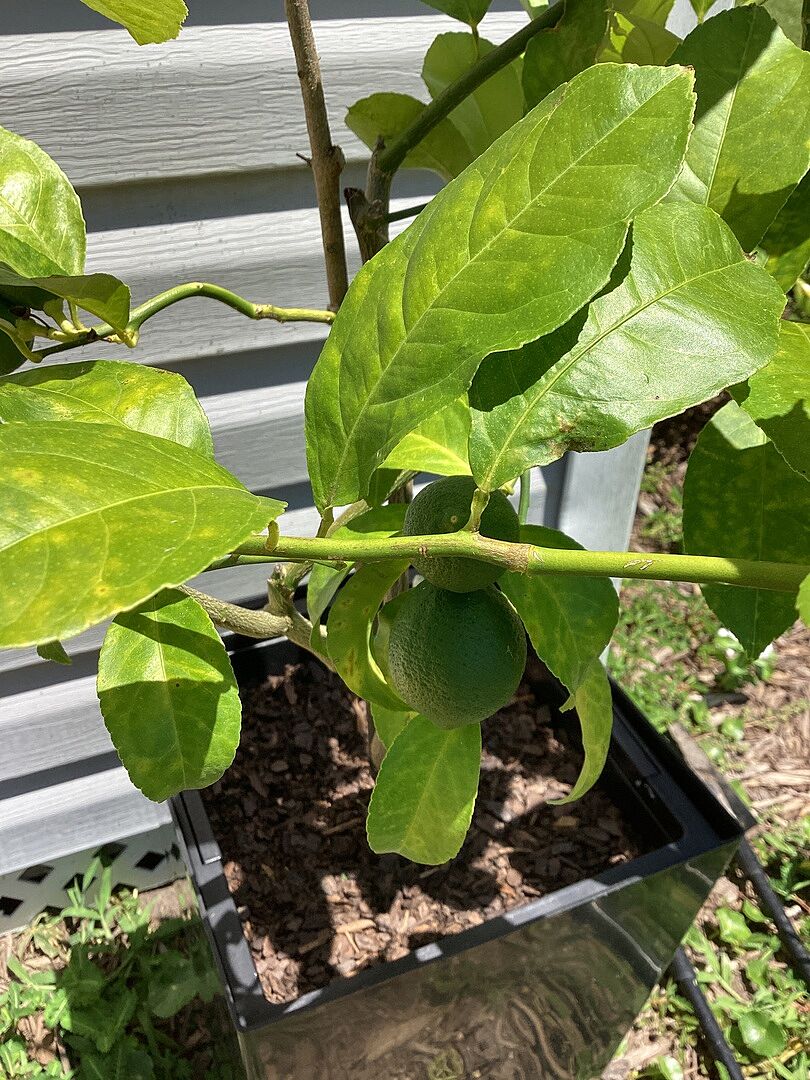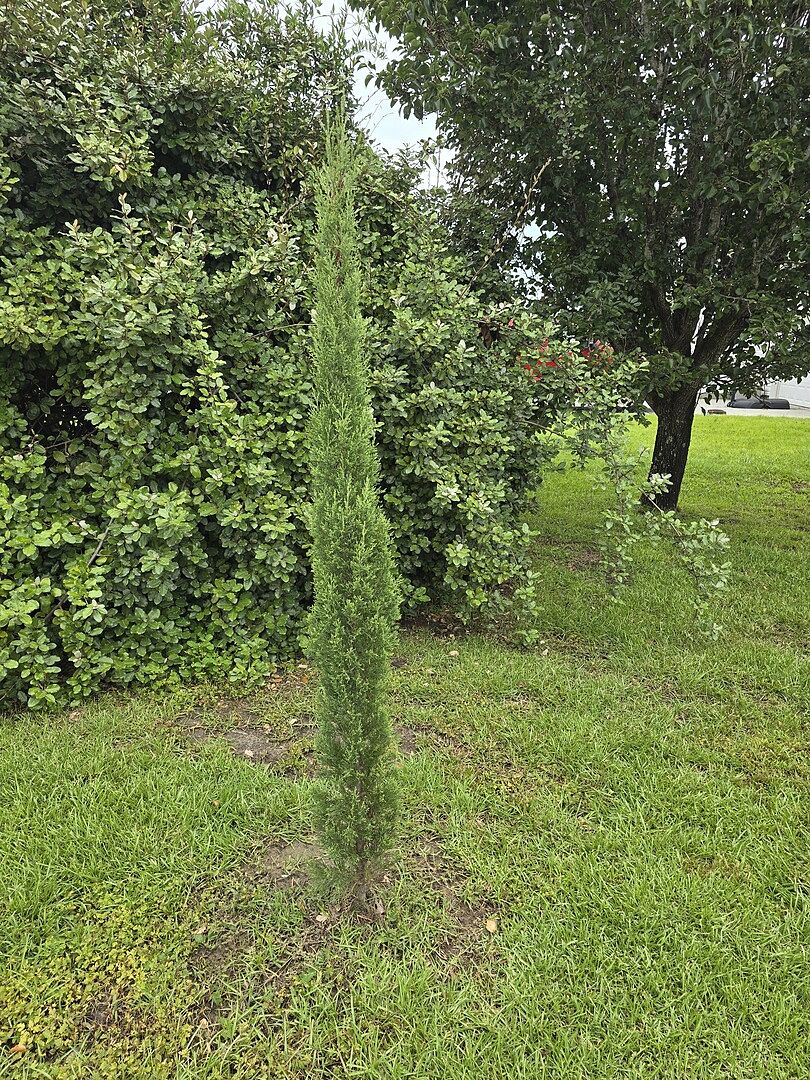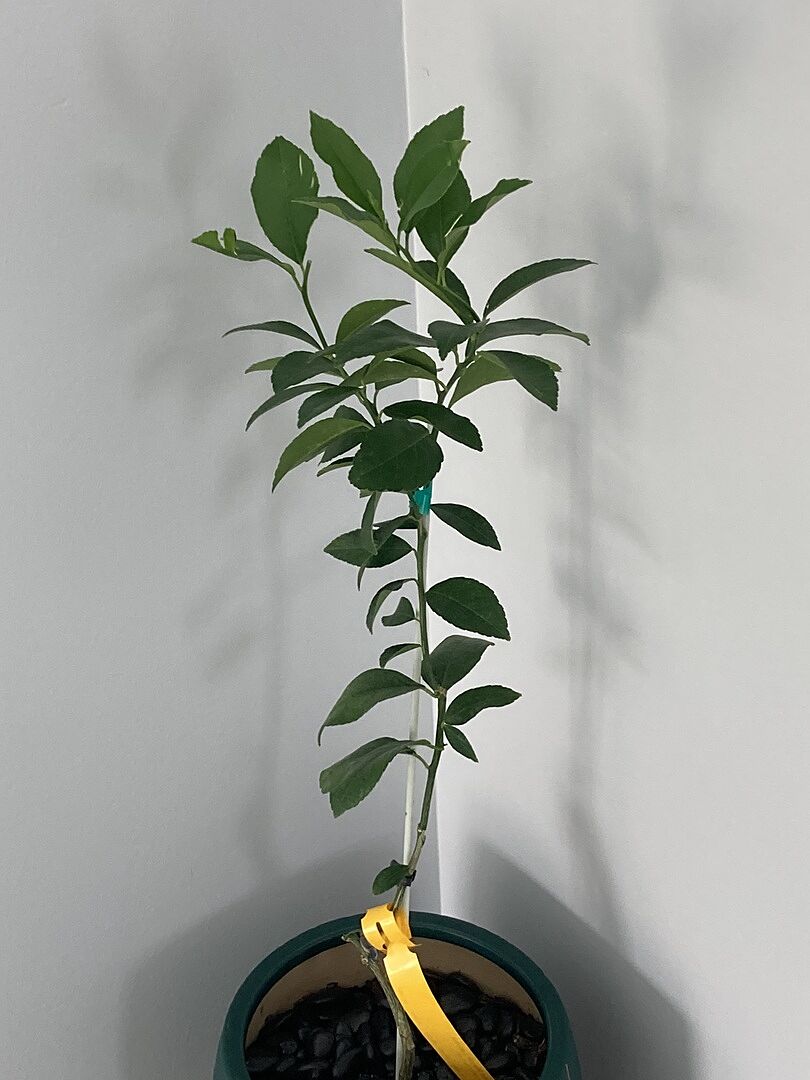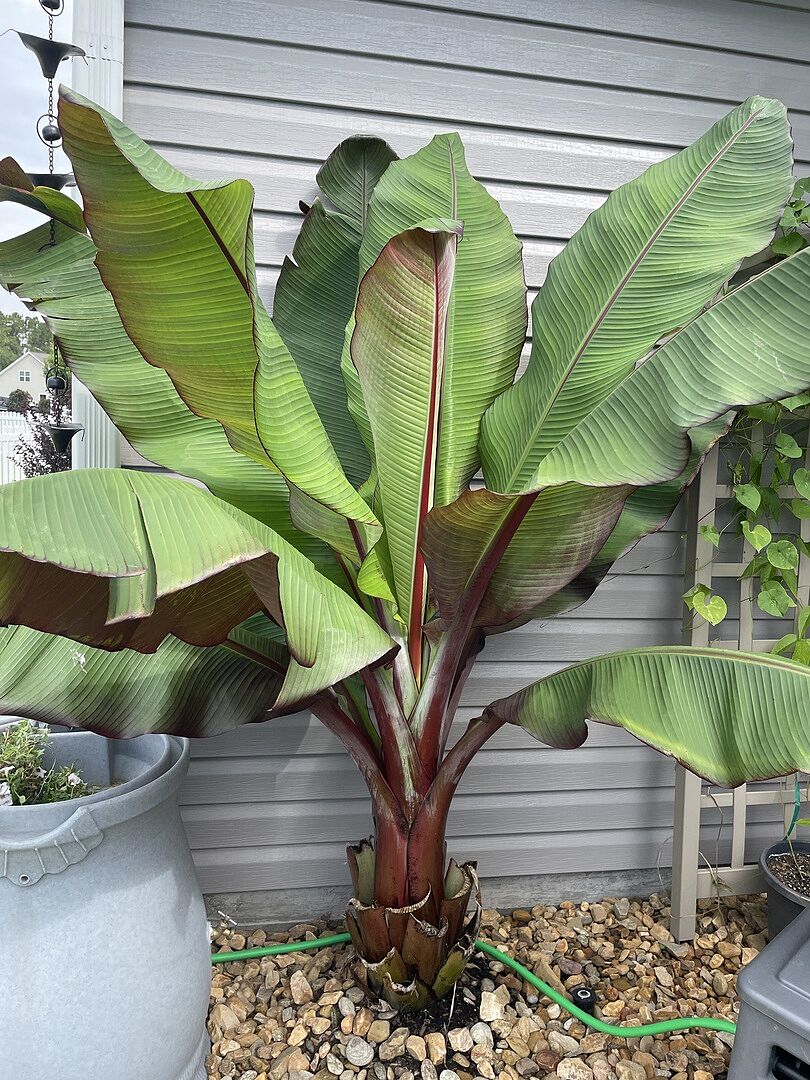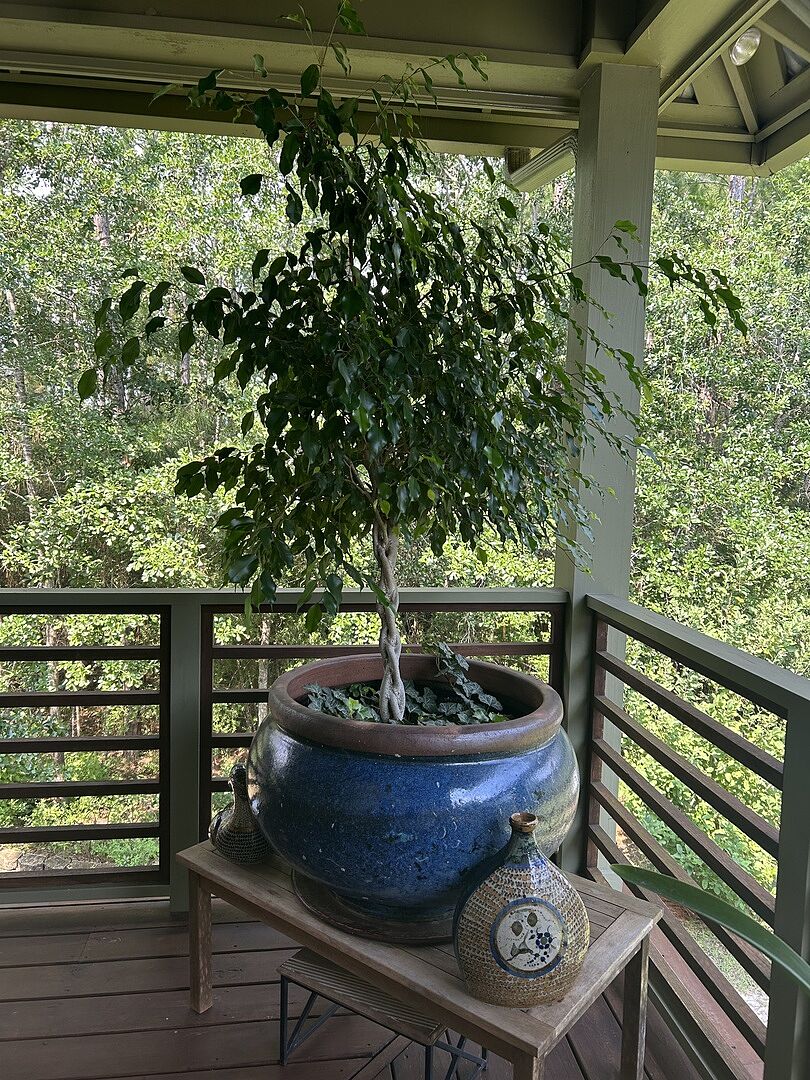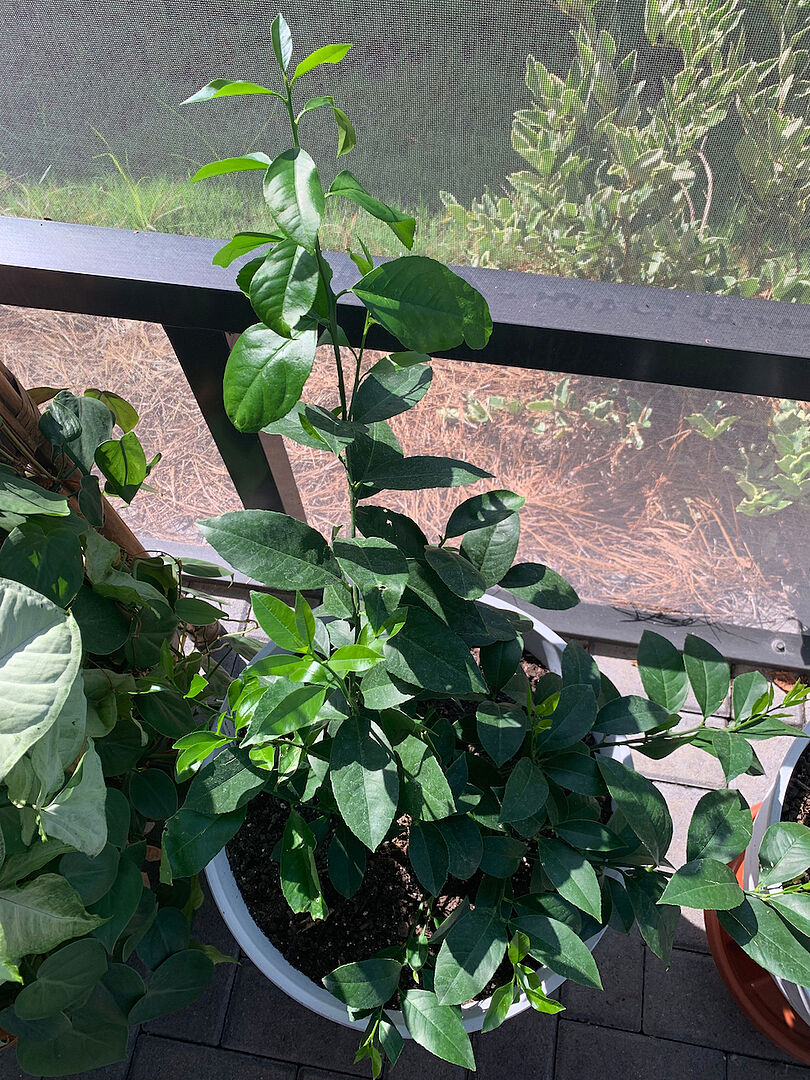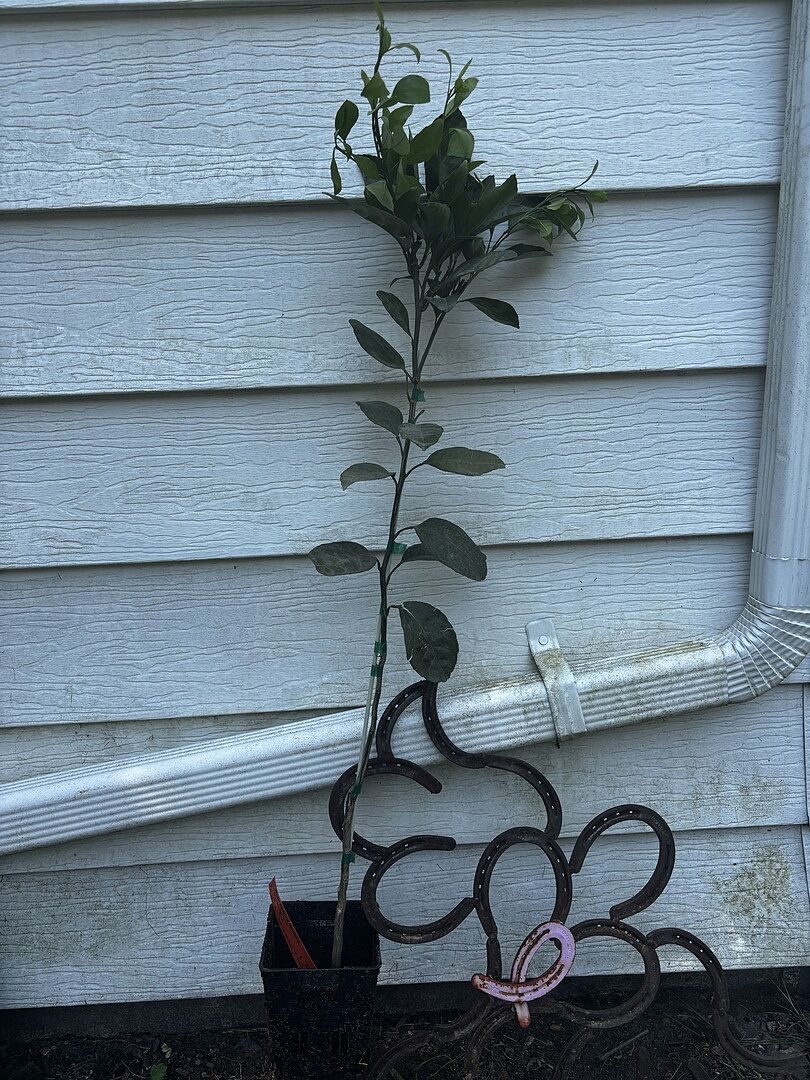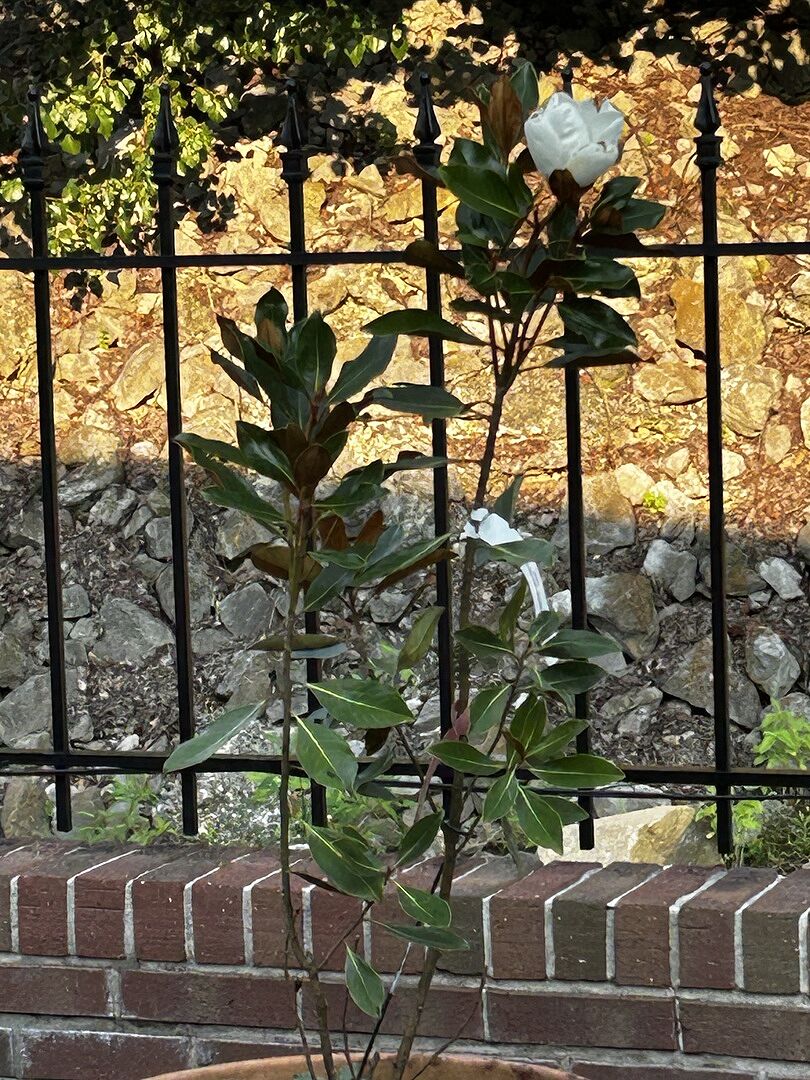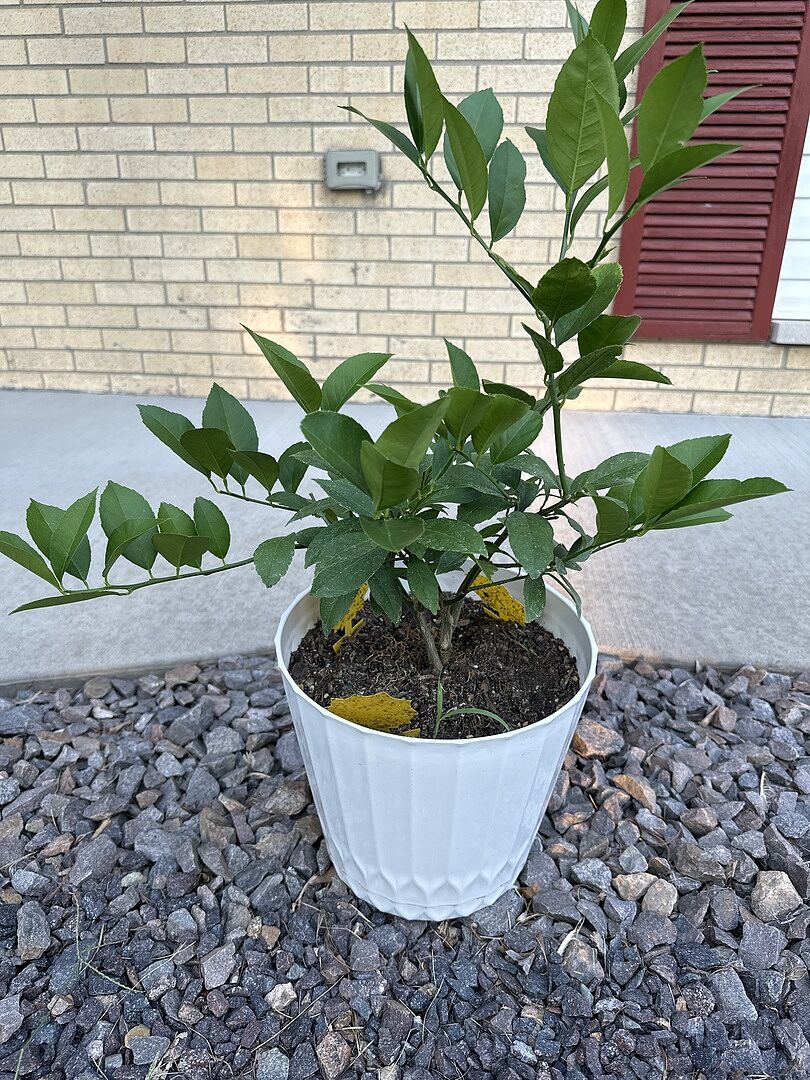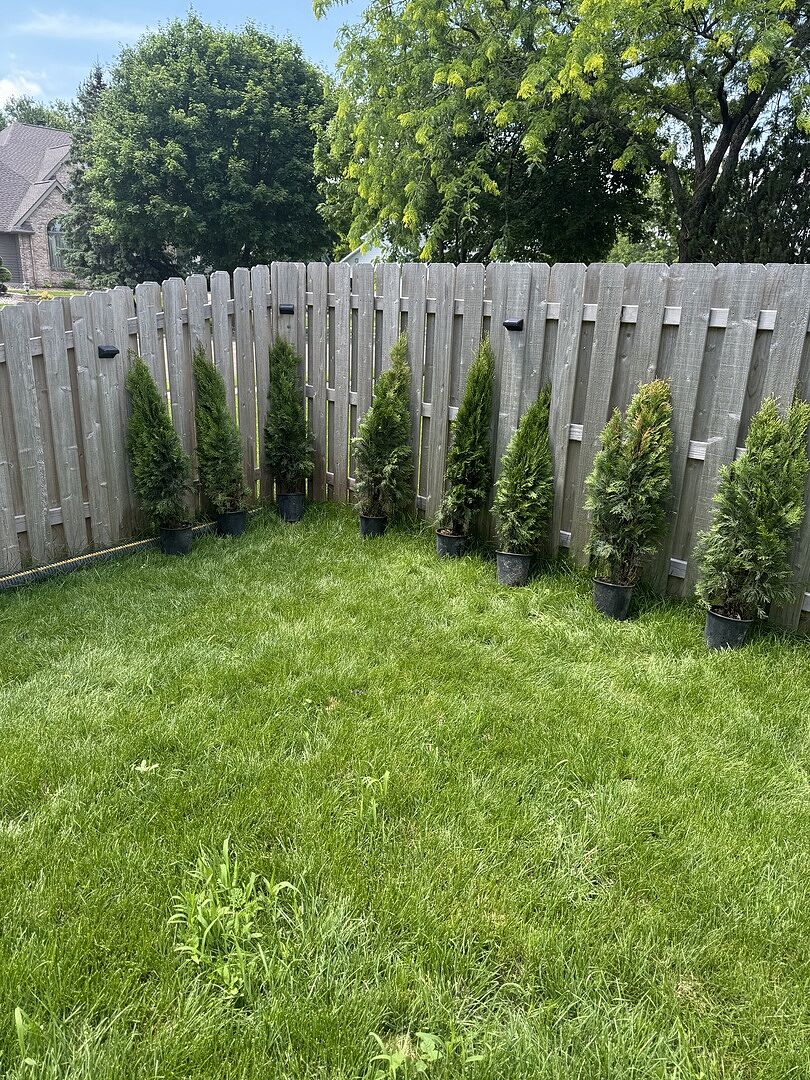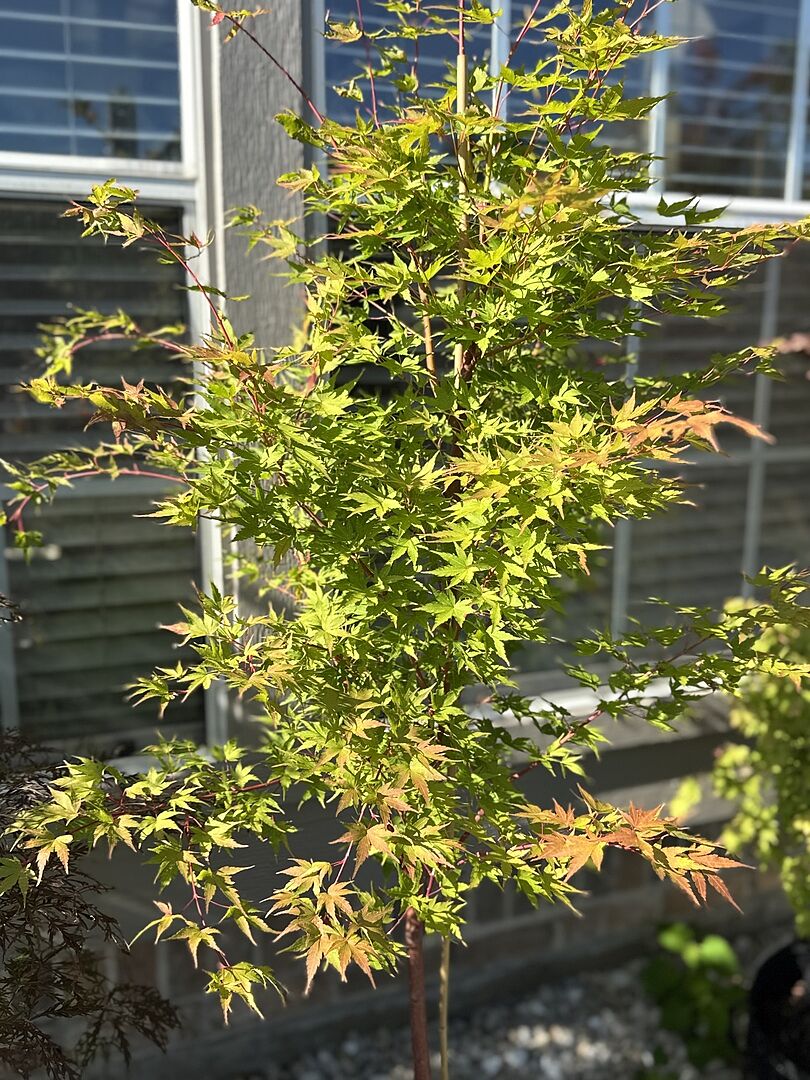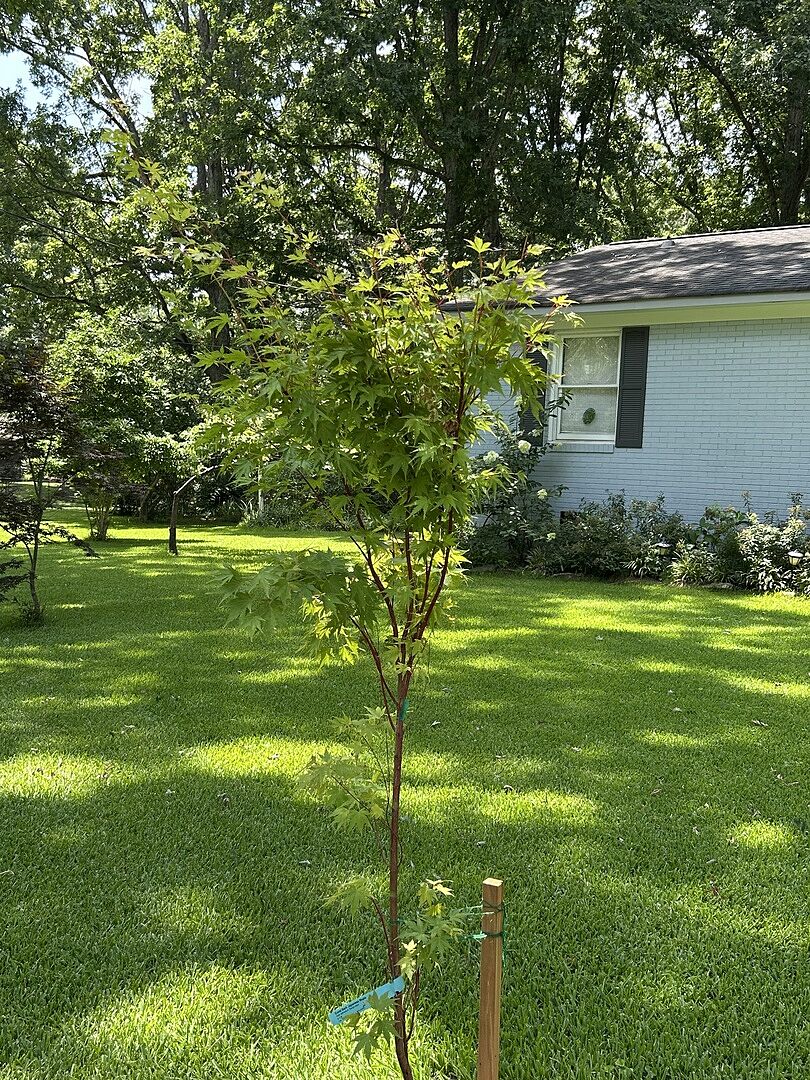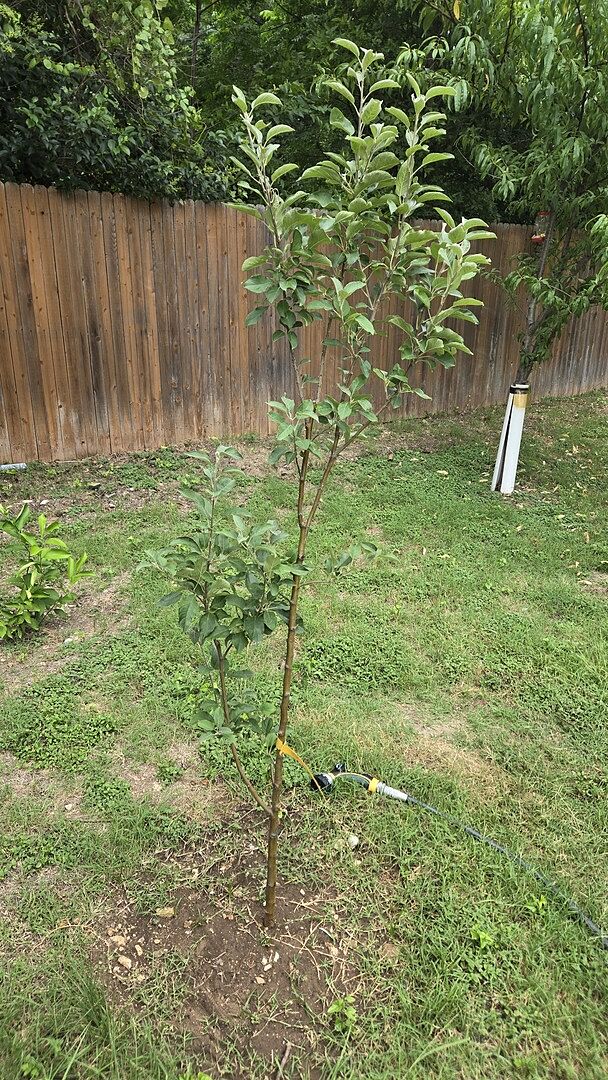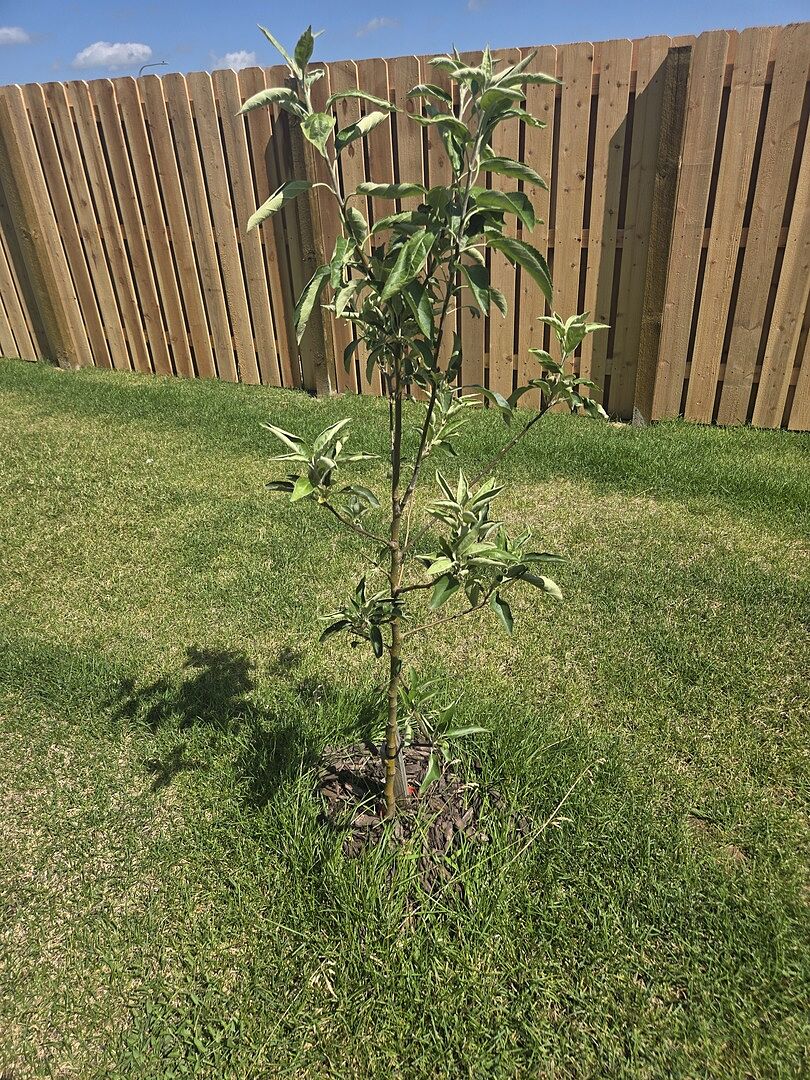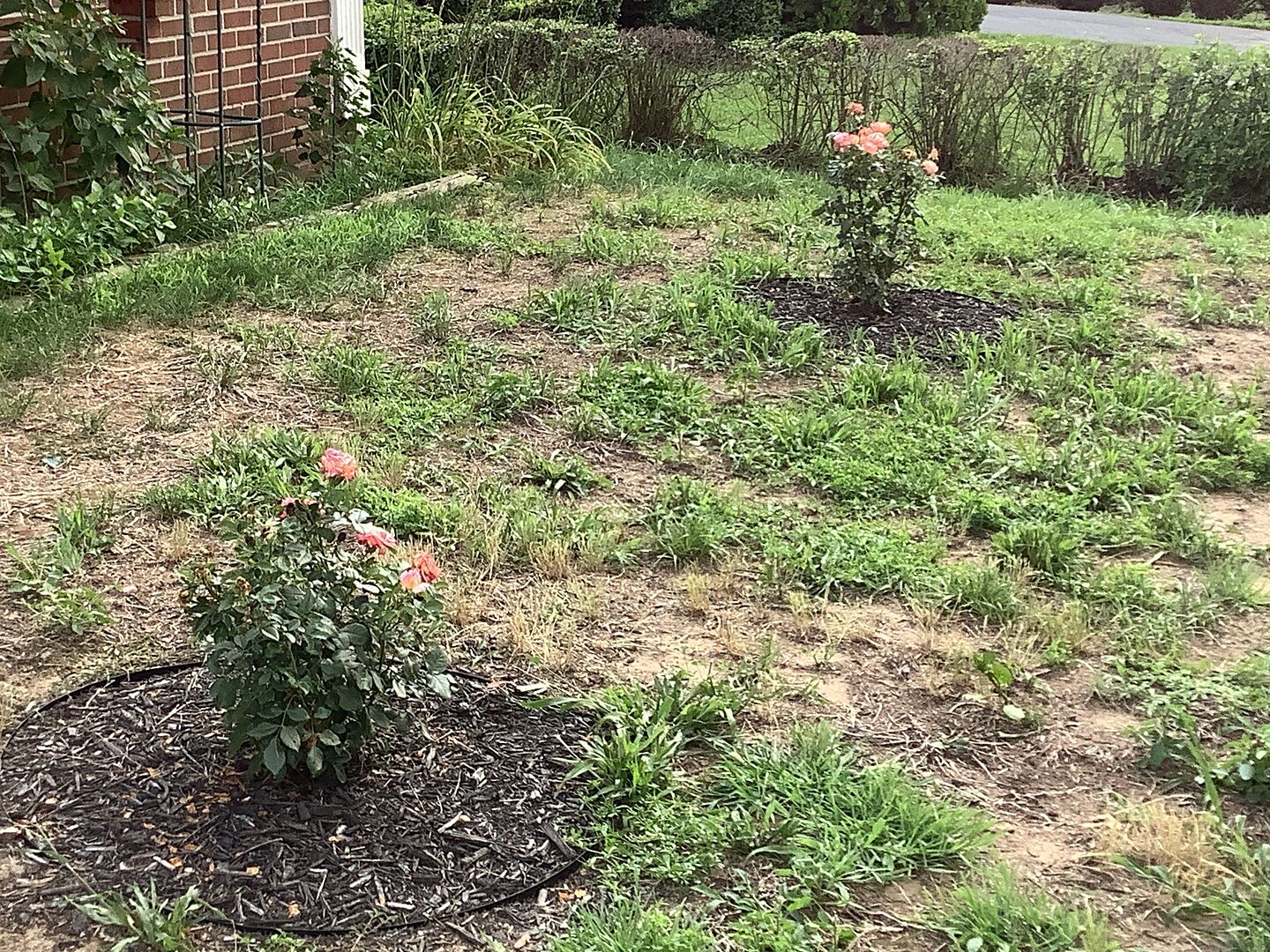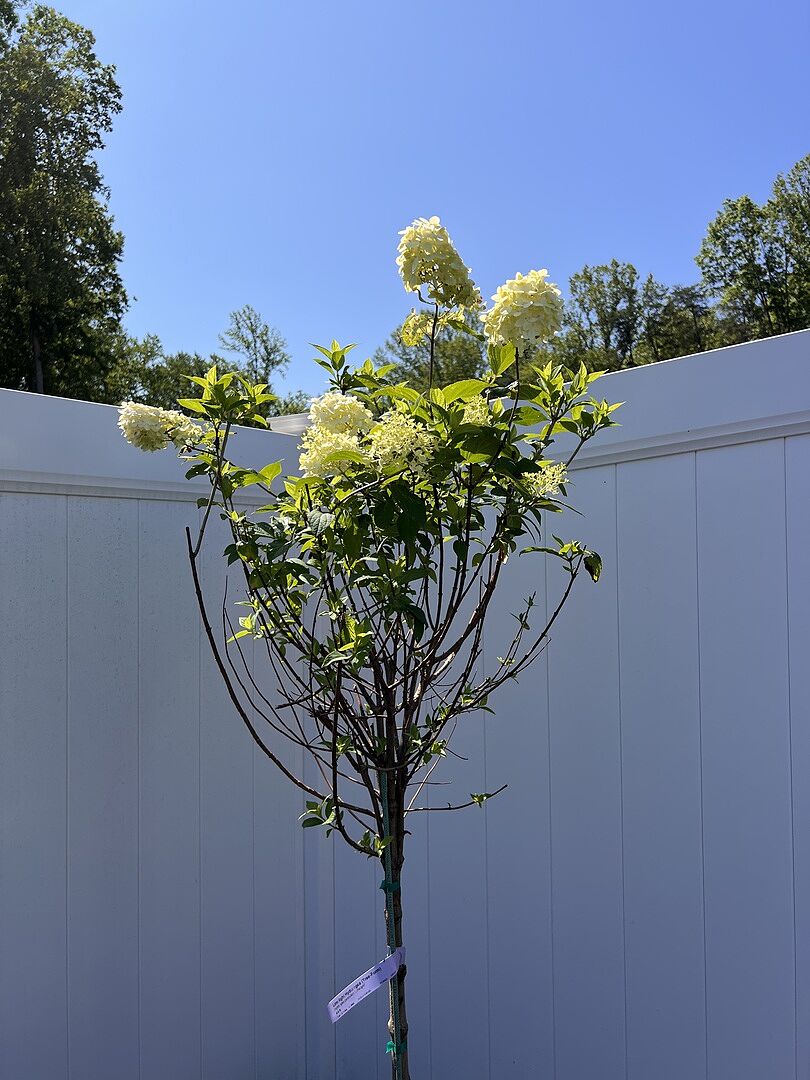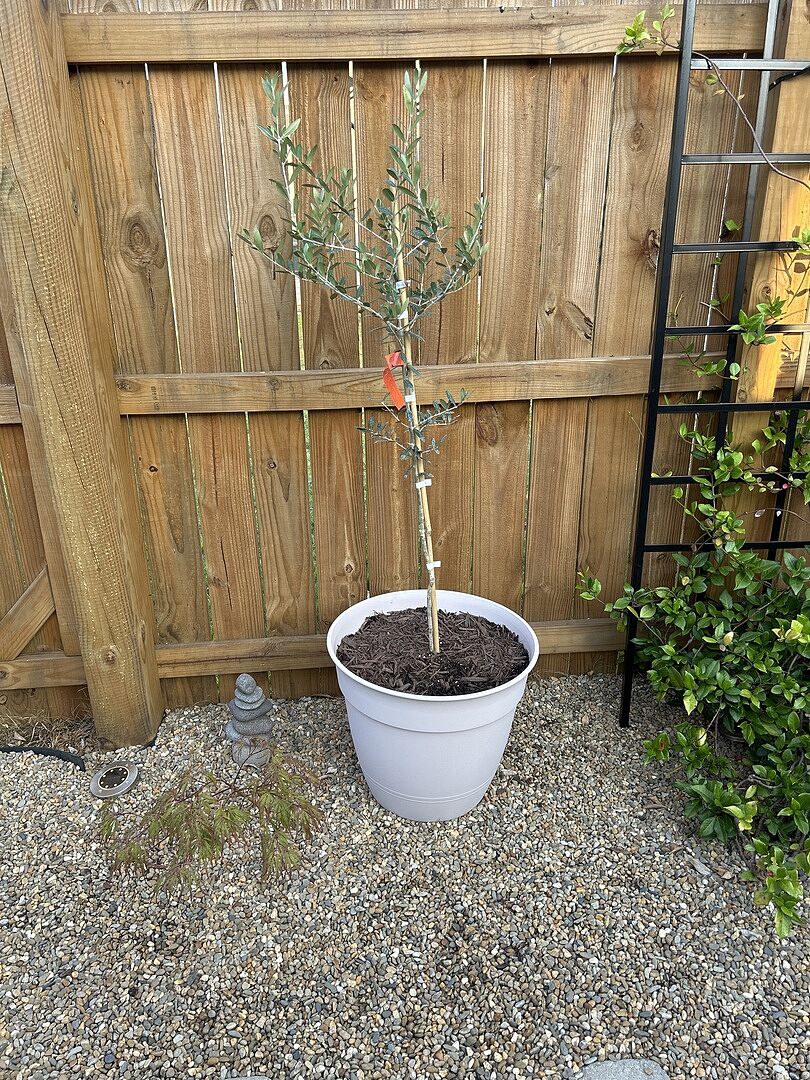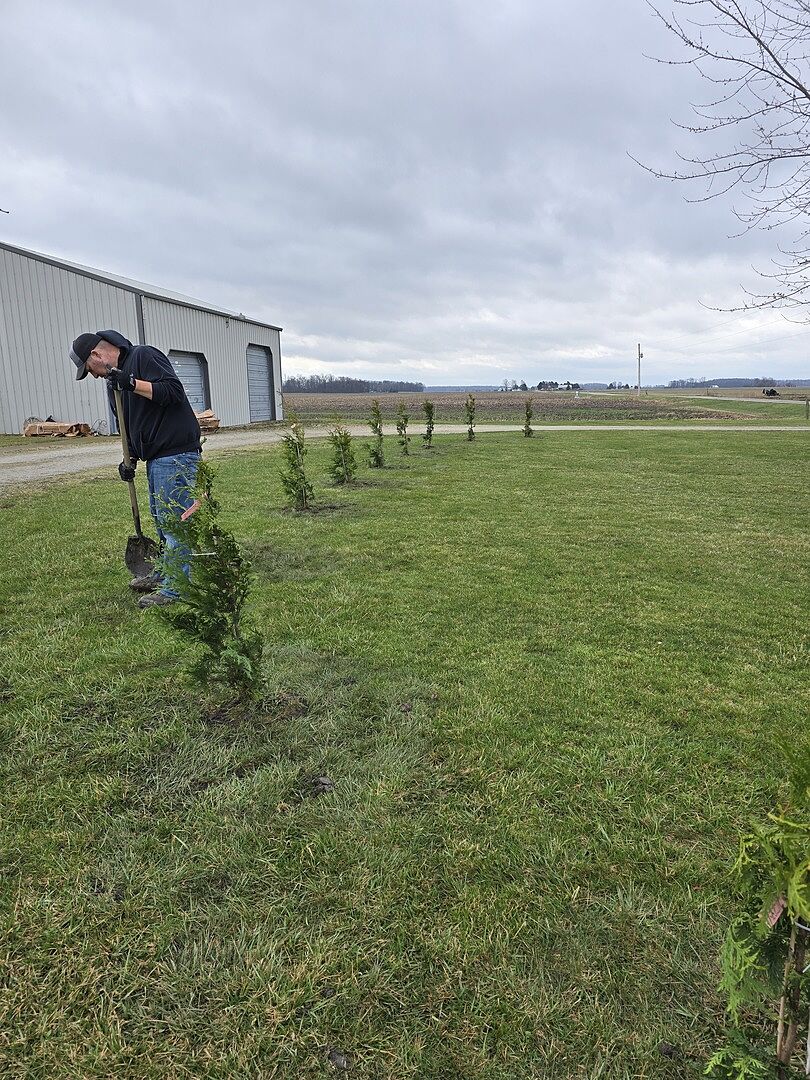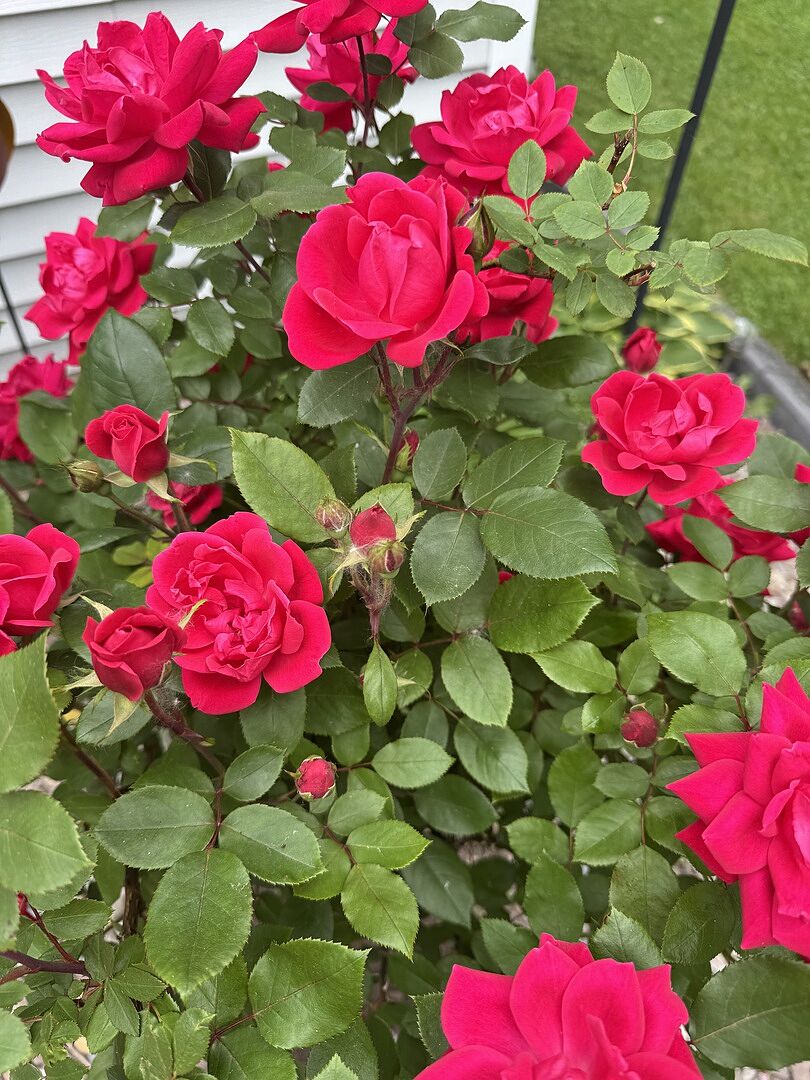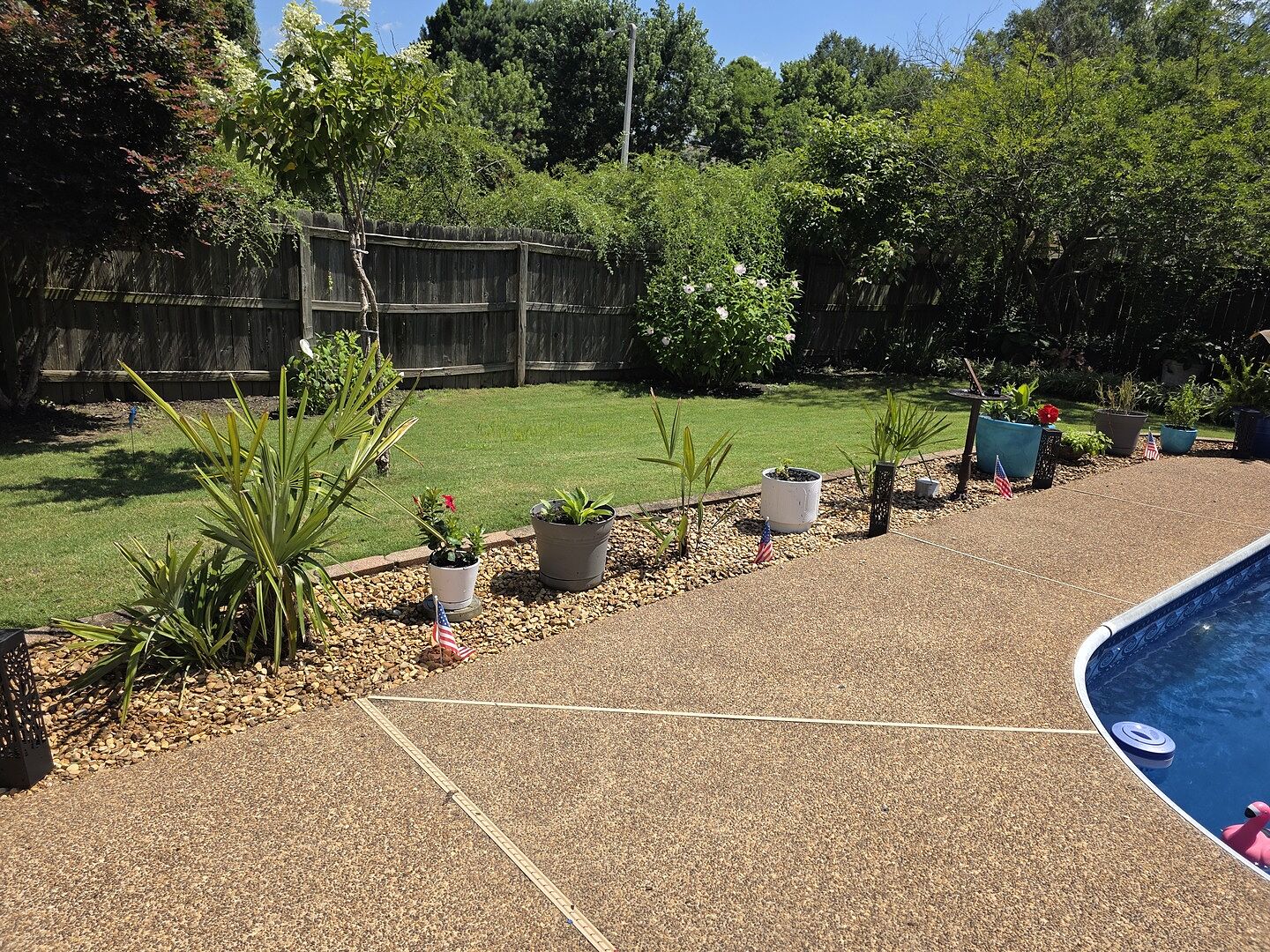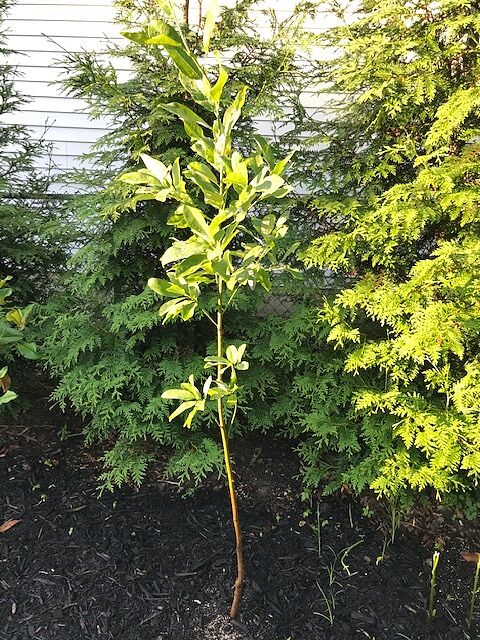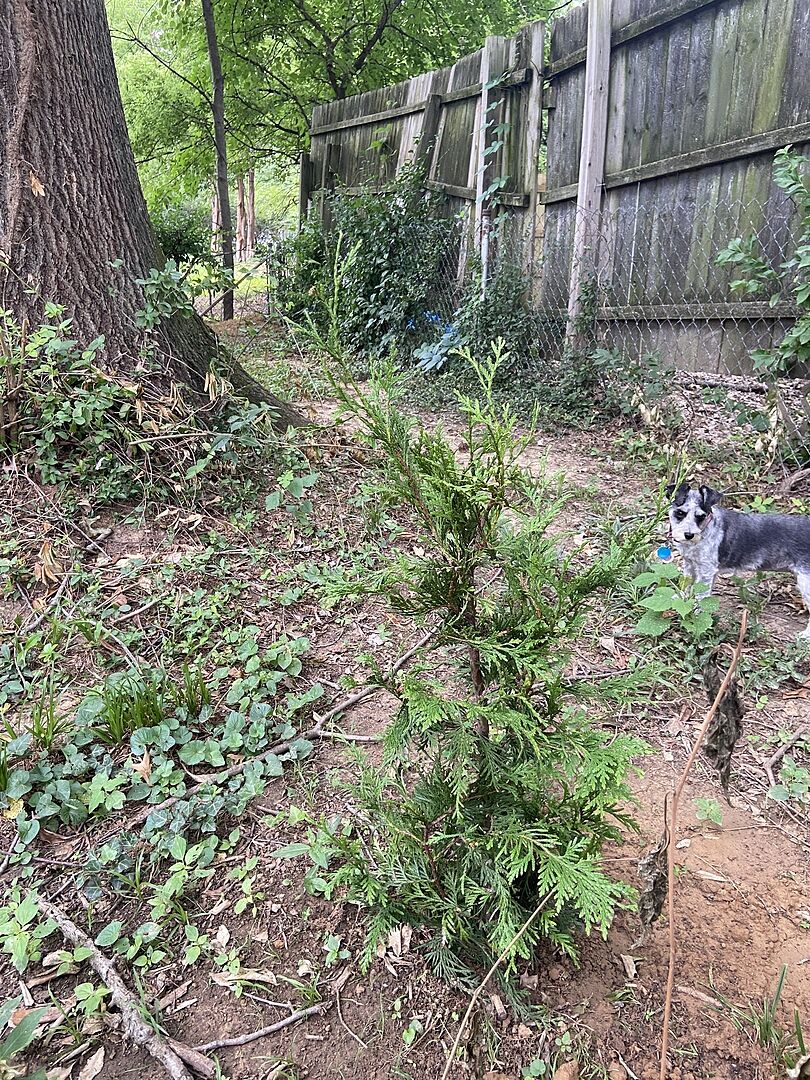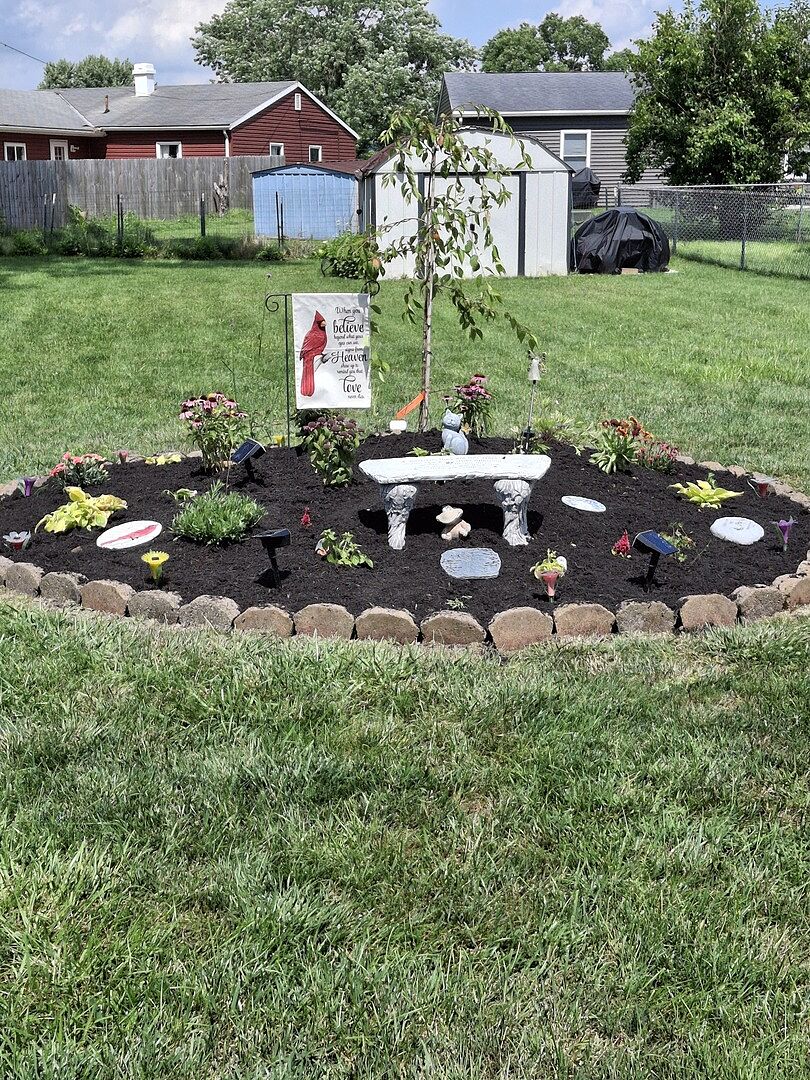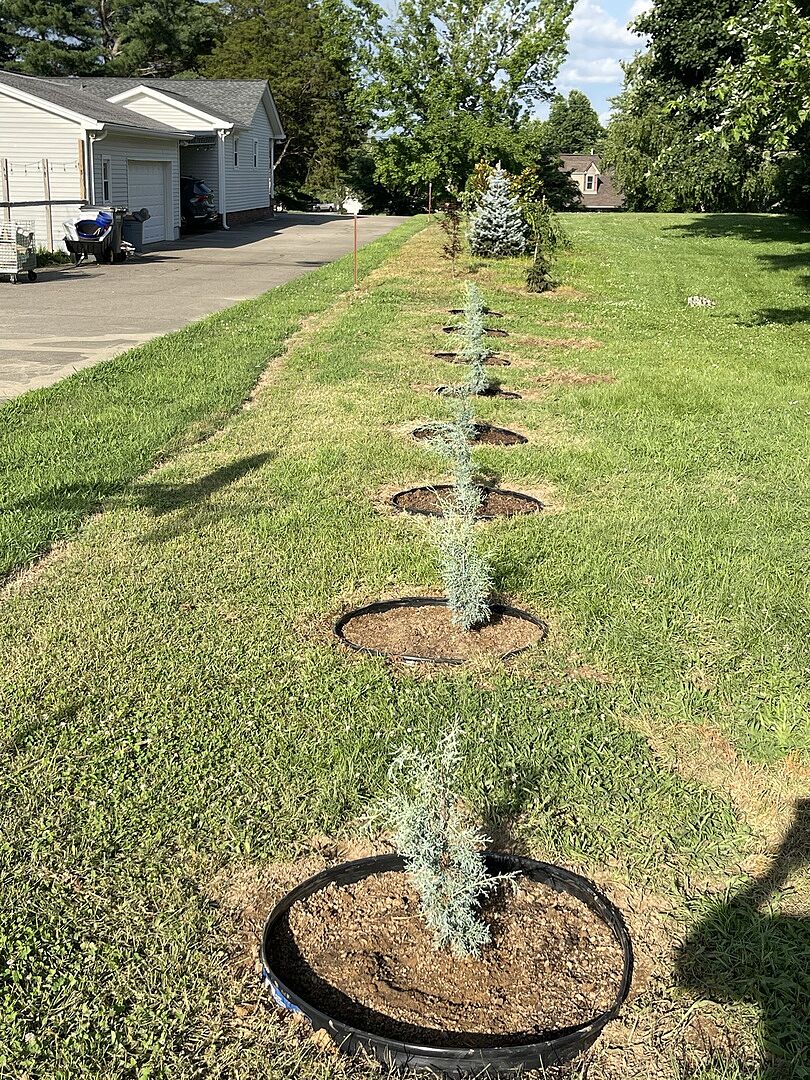Tips and Tricks for Planting Your Spring Garden

Last updated: Feb 10 2023

If you're an experienced gardener, you're probably eagerly awaiting spring, when the ground thaws and you can start digging (us, too!). But if you're a first-time grower, the start of spring can be daunting. When should you start planting in spring? How can you best prepare your landscape? What are the best trees and flowers to plant in spring?
We'll let you in on a secret - spring planting is no more challenging than gardening at any other time of the year. And with a little help, you'll be ready to plant a garden that thrives in spring, and all the way through the colder months.
In this handy guide full of spring planting tips, you'll learn:
- How to prepare your garden for spring
- How to pick the perfect spot for spring planting
- When to start planting in spring
- What trees and plants are best for spring planting
- Caring for your garden into summer and beyond
How do I prepare my garden for spring?
Depending on the hardiness zone you live in, you may only need minimal preparations for your garden. If spring is mild where you live, for example (like in Zones 7 and up), you won't need to change much.
But if you're in a colder area (like Zones 5 and below), you can start preparing for spring by making sure your plants survive the winter. You may need to invest in some gardening tools and supplies to help your plants stay healthy until spring. Frost protection blankets can keep your plants safe and ensure that frost doesn't damage them, and layering mulch can help insulate the roots of more sensitive plants.
If you're feeling really motivated, you can even use spring to organize your gardening shed or equipment, evaluating your supplies and replacing anything that's worn or not working the way it should (like investing in new, sharper pruners, or replenishing fertilizer).
As for potted plants? Move anything that's not as cold-hardy inside for the winter, like avocado or lemon trees.
You can also move potted outdoor plants closer to southern-facing walls to keep them healthier throughout spring, as concrete walls often absorb heat during the day and release it overnight. While this isn't possible for plants in the ground or in raised garden beds, anything in pots and planters is easy to move to a warmer location.
How do you pick the right spot for a spring garden?
Planting a new garden this spring? The most important step of starting a spring garden is picking the right spot. You'll want to find an area with the right soil and light conditions for your plants to thrive.

For most plants, you'll want to choose a fairly level area with at least partial sun (4-8 hours of sunlight per day). The longer most plants spend in the sun, the more likely they are to survive.
Planting in a shady area? No problem - there are plenty of plants that can thrive in low light. Just select trees and plants that perform better in shade.
When it comes to soil, most plants prefer nutrient-rich, well-draining soil. But if you have clay, silt or sandy soil, there are plenty of options for plants that will thrive - there are many that aren't particularly picky about soil conditions. When you're getting ready to plant in spring, just decide what you want to grow where, and prepare the soil for planting, as described below.
How do you prepare soil for spring?
Healthy soil is crucial for plant growth and success, especially when planting new trees and plants, and it's something many beginners overlook when starting their spring garden.
Cultivating rich soil takes time, so when you're planning on planting in spring, it's best to start preparing your soil in early winter. Below is a quick guide on how to prepare your soil for spring:
1. Remove weeds
Before you plant in spring, you'll want to remove any weeds present in your planting area. Be as thorough as you can, since some weeds can regenerate from even a tiny amount of root left behind.
2. Simple digging
Simple digging, as the process is known, involves using gardening tools to turn over the top layer of your garden's soil and clear it of debris. Use a shovel or spade to loosen the top layer of soil, breaking up any large clumps and removing rocks or other debris, before you plant.
3. Composting
Composting, a natural process of recycling organic matter into fertilizer, has many benefits for your soil and your plants, including retaining nutrients and water more effectively.

It's rich with critical nutrients like nitrogen, phosphorus and potassium, and can help clay or silt soil loosen up so water, air, and roots can spread through the foundation easier. It can also help prevent erosion. (As an added bonus, it's great for the environment, too!)
If you compost at home, you can add mature compost to your soil before planting - you can also buy compost at many nurseries and hardware stores. You'll know your compost is mature when it's has a crumbly, even texture, without recognizable scraps, a dark and rich color, and when it smells earthy rather than sour.
4. Begin planting
Once you've prepared your soil, you're ready to start planting. In colder climates, you'll want to wait until the ground thaws after the last frost before planting, so you don't subject sensitive young plants to cold or frost. (See our table below for a spring planting timeline by hardiness zone!)
If you're planting seedlings, remember to harden them off (gradually introducing them to the outdoors 7-14 days before you plant) before planting them outside, so you can increase their resistance to the elements. If you're hardening seedlings outside, remember to quickly bring them in if there's an unseasonable cold snap or storm!
5. Nurture for growth
Once your spring plants are in the ground, you'll want to carefully nurture them to maximize their growth, especially during the first growing season until they're fully established. Water plants well immediately after planting, and water when the soil is dry after that. Fertilize according to your specific plant's care instructions. Our guide to fertilizing plants covers everything you need to know about maximizing plant growth.
What can I plant in early spring?
There are many trees and shrubs that will thrive even when planted in early spring. Most people won't begin planting in the ground until March or April, but there are still planting options earlier in the year. These options will help you brighten your garden as soon as possible:
- Shrubs like forsythia, flowering quince, camellias and viburnum
- Hardy trees like birch, dogwood, willow and magnolia
- Evergreens like pines, thujas and spruces
For warmer-weather loving plants like avocados, lemon trees and other fruits, you can plant them in containers and keep them inside in the winter - just move them outside when the weather warms up.
If you want to plant decorative trees and plants, there are a ton of options, even in early spring. One of the most distinctive trees out there - the Weeping Willow - thrives in early spring. Because it doesn't lose its leaves until autumn, it will look radiant throughout spring and summer.
Check out our top-recommended products for spring planting here!
Spring is almost here - make sure you're prepared!
Even if it's still cold and snowy where you live, spring is on the way. Make sure you're prepared by taking good care of your plants over winter, replacing your gardening tools and supplies as needed, selecting the right spot to plant a new garden and preparing the soil, and planting at the right time for your growing zone.
Plus, you can get a head start on planning your spring garden by ordering popular plants before they sell out - you can even start a wishlist to save your favorite plants as you plan your planting. Start shopping for spring now!

Written by
Blair Brown
Blair is the Content Marketing Manager at FastGrowingTrees.com, and though she's not your traditional gardener, the planting world is definitely growing on her (pun intended!). She's enjoyed digging into plant care and maintenance and growing her plant collection, especially with exotic indoor varieties.
Featured Product

Thuja Green Giant Arborvitae
3001 reviewsStarting at $16.95














